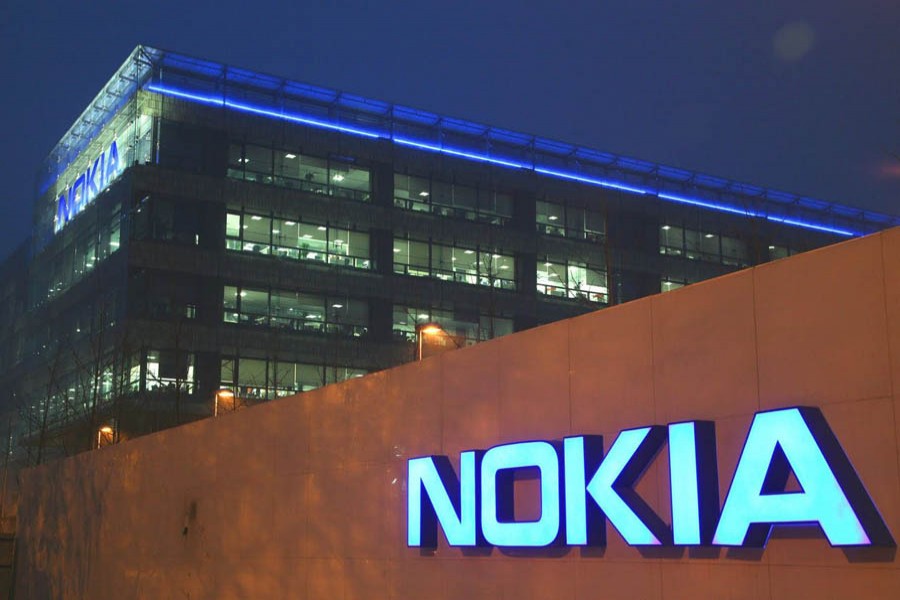Nokia, a name of nostalgia, is mostly regarded as a fallen giant in the contemporary mobile phone market.
In its heyday, Nokia was the largest phone brand in the world with up to a staggering 51 per cent market share in the smartphone market. Compared to that, the now global smartphone leader Apple has a 22 per cent market share in this business.
Nokia’s downfall started with the endorsement of Microsoft’s Windows OS when most major smartphone manufacturers chose Google’s open-source Android platform as their smartphone OS.
Windows OS was difficult to navigate through and it eventually fell short of the much broader and user-friendly Android OS, and with the fall of Windows OS, Nokia was also quickly dethroned. So much so that Nokia sold its smartphone business to Microsoft in 2014.
Microsoft had since tried to revive the brand using its platform but failed. In 2016, HMD Global bought the licensing to produce Nokia phones from Microsoft. HMD tried to break the long silence of Nokia in 2017 by launching the first Nokia Android smartphone, and they have been trying to establish themselves in the smartphone market ever since.
But the journey has not been a tale of triumph, as Nokia has failed to deliver anything noteworthy against the big brands like Samsung, Apple, or Xiaomi.
Although, amongst all the blunders, there might be some silver lining for Nokia, and this is to be attributed to their recent market approach.
Nokia has shifted its focus to the ‘Feature-Phone’ market, which is, surprisingly still very relevant in many parts of the world. Nokia used its previous experience and expertise to get a foothold in the feature phone market by introducing affordable and reliable phones in their target markets, and they have been largely successful.
In the Q2 of 2021, Nokia shipped 10.1 million units of feature phones, and they were the second-biggest feature phone brand with an 18 per cent market share. This has been vital in the process of re-establishing its brand image in the global market.
Nokia’s smartphone shipment has also increased compared to the previous years, and this too can be attributed to their market approach.
Rather than trying to produce flagship-level phones, Nokia has targeted the entry-level to lower mid-range smartphone market, and they have found some success as their smartphones are now competing with popular brands like Xiaomi, Realme, and Motorola at this price segment.
Nokia has also released their budget phones in the Bangladeshi market, and a new Nokia smartphone can be availed at as low as Tk 8 thousand.
Nokia’s current CEO Pekka Lundmark has announced that Nokia is working to enhance customer experience, rather than producing the phones with the latest specs.
Android phones become slow after roughly 2 years of usage, in contrast to Apple Phones, which, people are still using their 5-year-old devices with no major hiccups. Nokia also aims to introduce features to their phones that will allow the devices to perform smoothly for a much longer period of time, thus delivering customers with much more reliability, a quality that was once synonymous with their brand’s identity.
As of now, Nokia stands with a 0.8 per cent market share, so whether they’d be able to make a comeback is still a matter of far-fetched speculation.
But if they do, it will be a nostalgic comeback of a company that probably made the first phone for many mobile phone users around the world.


